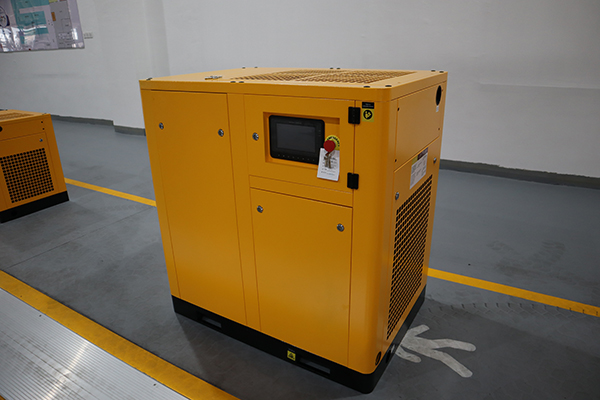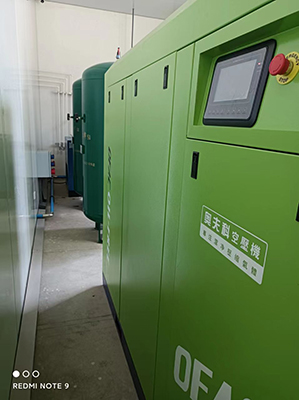Rotary Screw Air Compressor For Textile Mills
News 2025-10-24
Rotary screw air compressors are essential in textile mills, delivering reliable compressed air that drives key operations and supports high-efficiency production. These compressors are engineered to provide consistent performance, powering machinery involved in spinning, weaving, and finishing processes. Their ability to operate under continuous demand makes them a cornerstone of modern textile manufacturing, ensuring minimal disruptions and high output quality.

Applications in Textile Mills
In textile mills, rotary screw air compressors are widely applied in specific tasks that demand precise air control. For instance, they power air-jet looms for rapid weft insertion during weaving, enabling faster production cycles. Compressed air is also used in cleaning systems to remove lint and dust from machinery, preventing defects and maintaining operational smoothness. Additionally, these compressors support pneumatic controls in automated knitting and dyeing processes, enhancing accuracy and reducing manual intervention.
Performance Advantages
Rotary screw air compressors excel in textile environments due to their key performance features. They offer high efficiency through advanced designs that minimize energy consumption, often incorporating variable speed drives to match air demand dynamically. This results in lower operating costs and reduced heat generation. Their compact, durable build ensures long-term reliability with fewer maintenance needs, while options for oil-free operation deliver clean air critical for sensitive textile applications, avoiding contamination and preserving fabric integrity.
Importance in Industrial Processes
Within industrial settings, rotary screw air compressors significantly boost process efficiency and reliability in textile mills. They provide a stable air supply that sustains continuous machinery operation, directly impacting production throughput and quality. By reducing energy use and downtime, these compressors contribute to cost-effective manufacturing and safer working conditions. Their integration is vital for adapting to industry demands, supporting innovations that drive competitiveness and sustainability in textile production.


